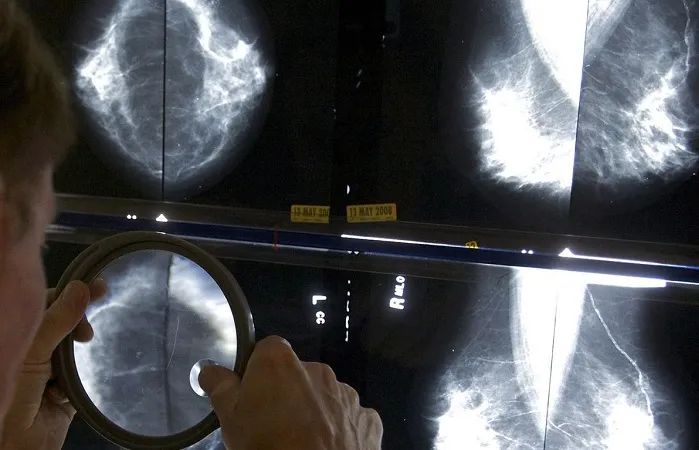Since last year, the Centre Hospitalier de l’Université de Montréal (CHUM) has been offering cryoablation, an innovative cold-based treatment for breast cancer. Initially reserved for tumors up to 1.5 centimeters, this minimally invasive procedure can now also be used to reduce larger tumors and help prevent complications, significantly broadening its potential patient base.
What Is Cryoablation?
Cryoablation involves freezing cancerous tumors using an ultra-fine needle under local anesthesia. The procedure causes cancer cells to die through rapid freezing to -40°C followed by thawing, which destroys tumor tissue with minimal scarring. Most patients leave the hospital the same day.
Besides direct tumor destruction, cryoablation activates the immune system by exposing tumor antigens, which may help the body recognize and fight remaining cancer cells.
Benefits for Larger Tumors and Palliative Care
Dr. Matthew Seidler, head of breast imaging at CHUM, explained that untreated tumors can grow to cause pain, skin breakage, and infection—especially challenging for elderly patients or those near end-of-life. Cryoablation can now be used as palliative care to shrink tumors and relieve symptoms.
While smaller tumors can be fully frozen and eradicated, larger tumors may be only partially treated to reduce size and complications, as complete ice coverage is harder to achieve.
Multidisciplinary Treatment Approach
Dr. Seidler emphasized that breast cancer treatment is evolving toward combining therapies—surgery, radiation, immunotherapy, chemotherapy, and cryoablation—to achieve the best outcomes. The synergy between treatments improves effectiveness and patient prognosis.
Clinical Trial Data Supports Effectiveness
Results from the ICE3 clinical trial revealed promising outcomes:
Only 3.6% recurrence rate at five years among 194 patients treated with cryoablation.
Even better, a 2.6% recurrence rate for patients who received cryoablation plus adjuvant therapy.
These results support cryoablation as a good treatment option, especially when combined with other therapies.
Future Directions
Cryoablation is still a relatively new technology with limited data compared to traditional treatments. Dr. Seidler hopes that raising awareness and increasing patient treatments will generate more evidence, potentially expanding cryoablation to other cancer types and indications.
By 2025, he anticipates breast cancer care will routinely use multiple treatment methods tailored to each patient’s needs, with cryoablation playing an important role.
Related topics:
- Australian Clinic Launches Painless Breast Screening
- Breakthrough Breast Cancer Treatment Achieves 100% Survival
- Gigi Hadid: Breast Reduction Helped My Chronic Illness


